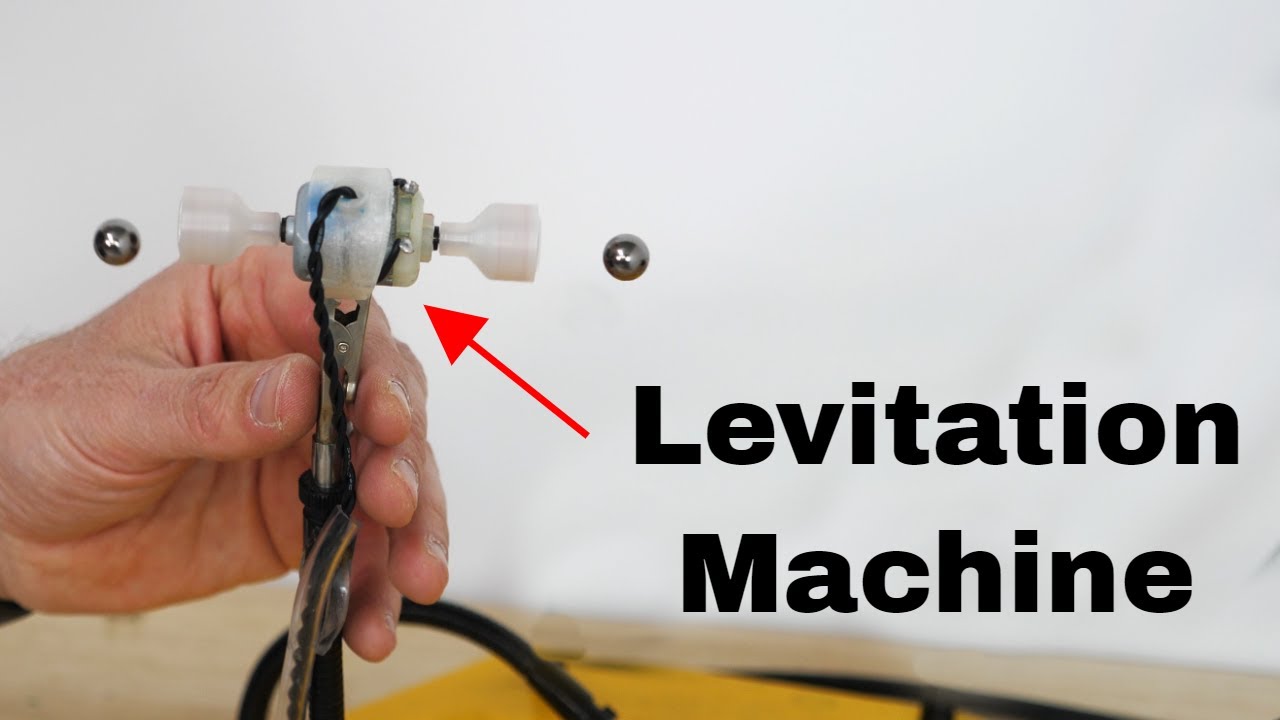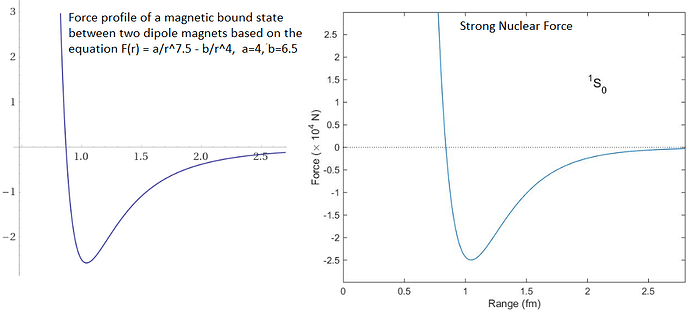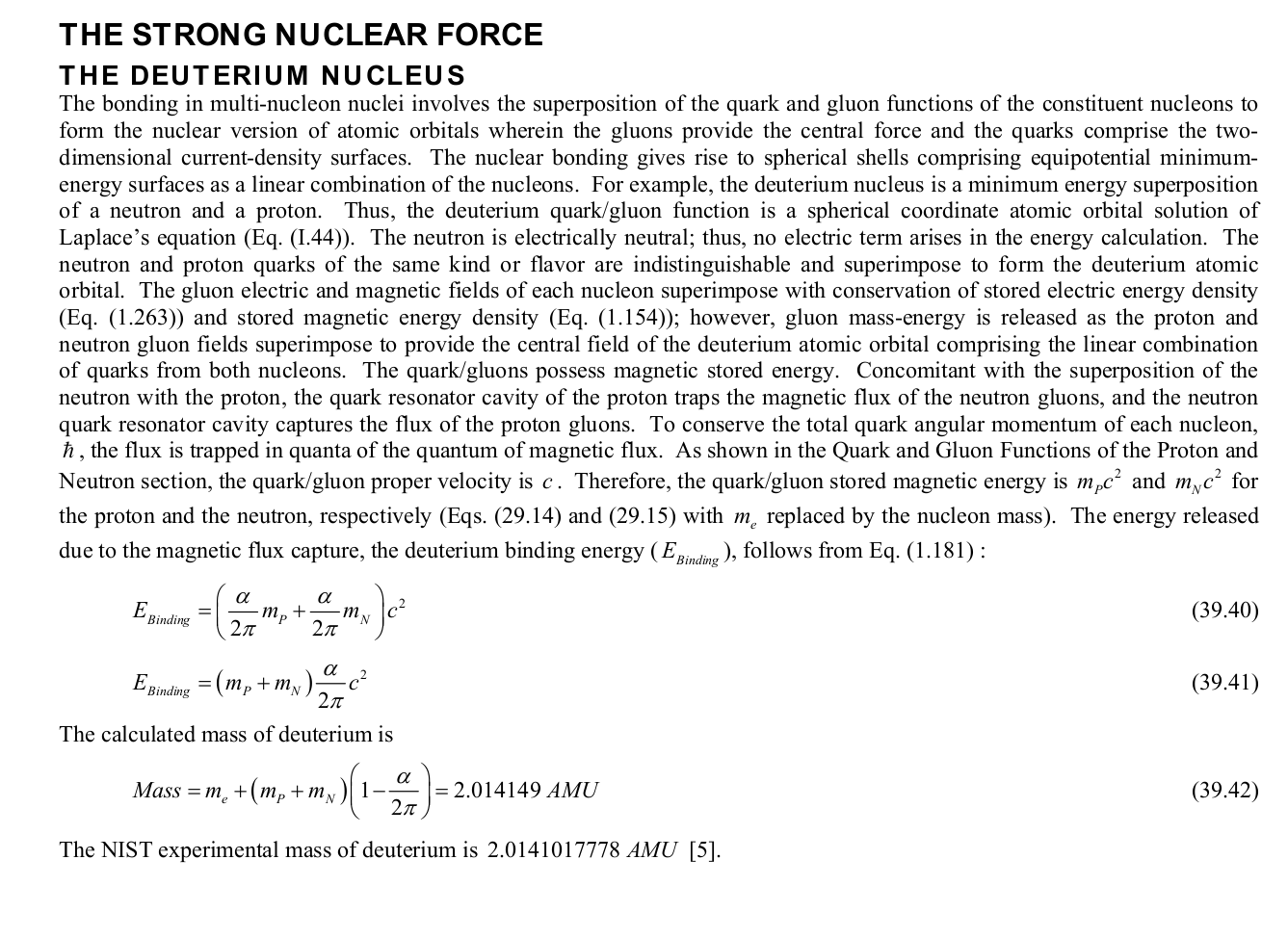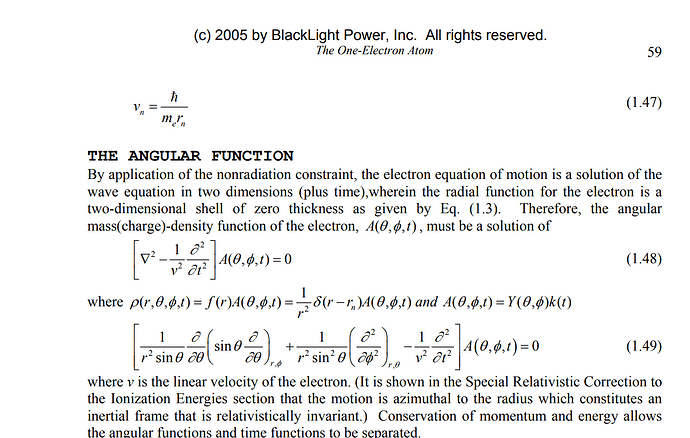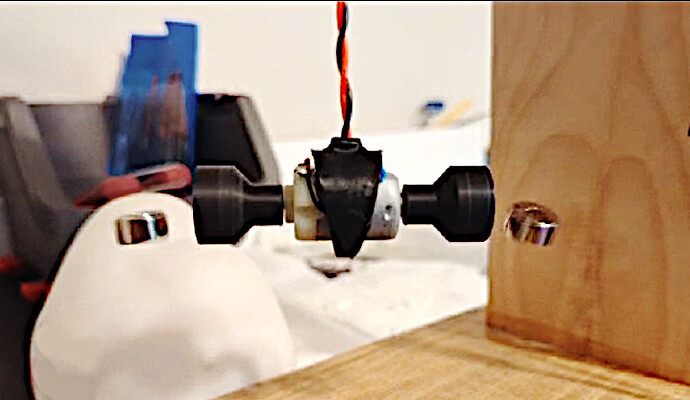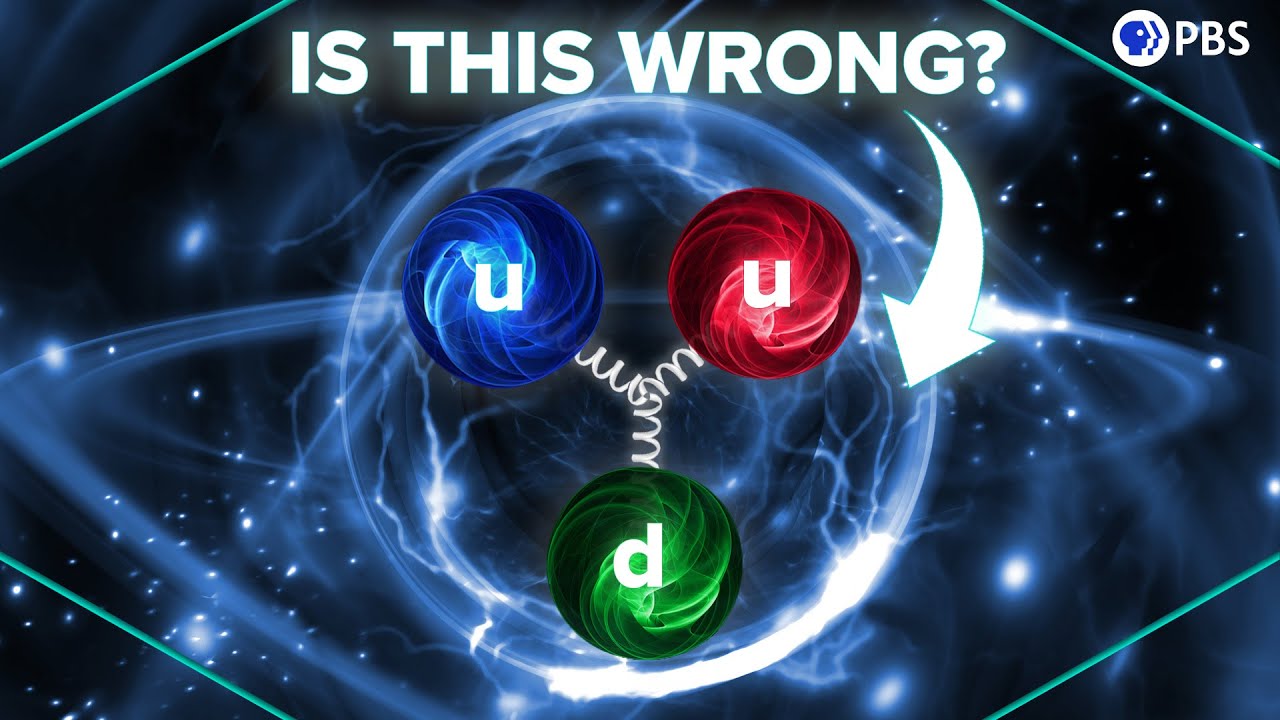I’m not competent to judge whether this purported classical description of the strong nuclear force (appearing in a book on CQM by Randell Mills) makes sense:
All of the critiques of Mills’s CQM appear to me to be hit-and-run tactics not unlike the legacy media’s hit-and-run Trump hoaxes. Just hit and then refuse to respond to the defense – all the while pretending to be engaged in some sort of “dialogue”: scientific in the former case and national in the later.
My attempt to get a ballpark cost quote from a university lab with the EPR equipment necessary to replicate analysis of a hydrino material as recently published was flat out refused because the material was produced in Mills’s lab. They didn’t respond when I sent them the protocol to produce the material (pictured in this video) themselves.
The general tenor of the “dialogue” is reflected in the top google hit on the topic one frequently runs across Hydrinos: Impressive Free Energy Crackpottery which contains this admission:
On this level, it sort-of looks correct. It doesn’t violate conservation of energy: the collision between the two atoms doesn’t produce anything magical. It’s just a simple transfer of energy. That much is fine.
It’s when you get into the details that it gets seriously fudgy.
This invocation of “free energy” as the headline (quickly covered by retreat to no such claim in the body of the text) is reminiscent of the time I talked to a former DoE colleague about Mills and my colleague echoed the mealymouthed noise about “perpetual motion” out of the Robert Park/APS/USPTO. “Perpetual motion” was used to invoke rules that permitted the USPTO to withdraw a patent it had already issued. Again, of course, if you look closely at what Robert Park/APS/USPTO say in the details of their statements, they make no such claim. “Perpetual motion” is simply an epithet applied to create a stigma that says “Sheep: Note the smell of shite on this and stay away.” While one may defend such tactics as compassionate toward the “sheep” – dumb animals that they are – one may not defend such an attitude as being part of any kind of civil (ie: adult-to-adult) “dialogue”.
Another tactic in the “Free Energy Crackpottery” article is to call attention to the repeated failures of Mills to bring a device to market over the years – but then we might say the same of the government’s lavishly funded fusion energy technology at a level orders of magnitude higher than Mills – a program that was admitted by one of its founders to be essentially fraudulent in origin.
Self-awareness here?
ZERO
Finally – and this is what makes me have ZERO respect for Mills’s critics – is the only substantive cite provided by the “crackpottery” hit (top result provided by google) is to Rathke’s critique. Mills responded to Rathke point by point.
Rathke’s response to Mill’s defense?
ZERO
None of this has done anything to convince me that there is substance to the Robert Park/APS/USPTO/Rathke culture except a demonstration that they are in a conflict of interest that they do not admit and most definitely should have admitted as part of their takedowns of Mills.
PS: As an example of Rathke’s apparent hit-and-run misrepresentations – he cites equation 1.49 of Mills’s 2005 edition – note the sign switch on the time derivative:
But here is Rathke’s version of that equation – note the sign switch on the time derivative:
The only way this could not be a misrepresentation by Rathke of Mills is if the 1/r^2 term is 180degrees out of phase with Mills’s del^2 operator in 1.48.
